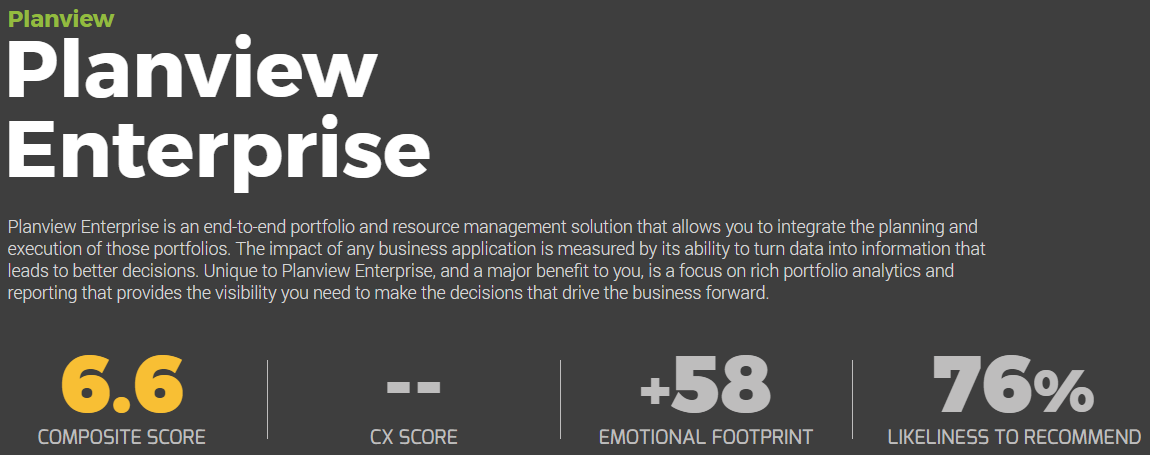Planview Sees Auto-Timesheet Helping With Software Project Capitalization
Planview’s automatic timesheet feature should be interesting for anyone who’s ever tried to make decisions based on timesheet data. The vendor is marketing this feature as something that enables capitalization of Agile investments and promotes the scale out of Agile itself. But the real question is: how does the software automatically produce timesheet data?
To find out, we had to download the vendor’s eBook, The Challenges of Agile Software Development Costing and Capitalization. Although the publication stops far short of demonstrating the functionality, we can assume that the timesheets will be based on user behavior within Planview itself. If you were a gold miner, we could debate whether Planview’s automatic timesheet data is more like indicated or inferred ounces. Indeed, if I had to audit a financial statement that was generated by assumptions rather than underlying data, I would have questions about ore grades!
Most unsettling for the Agile purist is our abandonment of fixed project team costs based on stable and persistent teams. We are supposed to be able to lock the door, leave the team alone, and assume that every sprint costs the same amount… say $15,000 or something like that. In today’s reality, we must accept that people can be pulled away from the project without warning. Time records must be provided by the worker or artfully assumed by some sort of smart agent.

Source: Planview Enterprise at SoftwareReviews, Accessed December 2019
Our Take
Automatic timesheets have been done before. They are great for frontline support when we can throw a clock on the ticket user interface. They require lots of validating and editing when they are supposed to reflect software development work. If the user clicks to sign off on their timesheets, that’s a lot like weighing your ounces of gold after refinement. If the data comes from user activity within Planview, that’s a lot like using a core sample to determine how much gold is in the next mountain over. It’s interesting, but don’t try to take it to the bank.
Want to Know More?
Balance Supply and Demand With Realistic Resource Management Practices